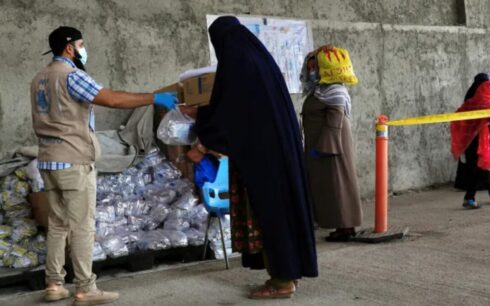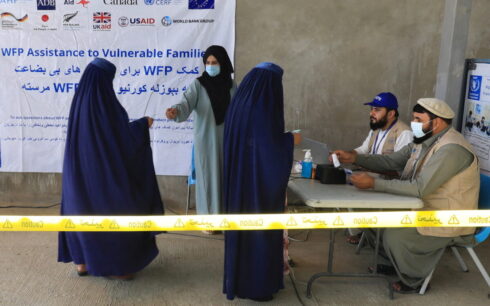Highlighting the urgent need for additional efforts to address the issue of weapon contamination, the International Committee of the Red Cross (ICRC) said Tuesday that unexploded and abandoned weapons are a very real and persisting threat to civilians returning to the homes and communities they had fled amid decades of fighting in Afghanistan.
The IRCR said while fighting has decreased, people’s lives continue to be disrupted because efforts to clear the landmines and other unexploded weapons have not been entirely successful.
The organization said this has resulted in an increase in casualties since August of 2021.
ICRC said that 640 children were killed or injured in 541 incidents involving landmine explosions and explosive remnants between January 2022 and June 2023. This is nearly 60 percent of the total number of civilian casualties (1,092 people) because of unexploded ordnance-related incidents.
Children have been particularly vulnerable to fatal or life-changing injuries as they unintentionally step on landmines or pick up unexploded ordnance littered around the places they stay, play or do household chores.
The father of a seven-year-old victim said his son lost his leg two months ago after stepping on a landmine while looking for fodder for their livestock in Kabul. “Children from our neighborhood are usually assigned the chore of gathering fodder for our cattle from the nearby fields. On 4 May, when they went to the fields, they discovered a strange-looking metal object. They may have handled it or thrown it, causing an explosion,” said Wakeel, the boy’s father.
Mohammad Naser Haidari, an ordnance disposal expert with the ICRC, explained why civilians, particularly children, are the primary victims of landmine and unexploded ordnance related incidents. “Areas that were used as military bases or where armed conflicts took place over the last 40 years have been contaminated by abandoned or unexploded weapons. Now since the fighting has decreased significantly, those who had fled their homes during the armed conflict are returning and they are able to travel to areas that were previously inaccessible, exposing them to greater risk of coming across unexploded ordnance,” he said.
Haidari also stated that the lack of knowledge about unrecognized explosive objects is a major challenge. “The ICRC has programmes to raise public awareness about the risks and dangers of landmines and unexploded ordnance. We run these independently as well as in partnership with the Afghan Red Crescent Society, by organizing training for volunteers, collecting data of incidents, distributing educational and informative materials and providing cash assistance to affected families to cover unforeseen expenses such as medical and funeral costs,” he said.
According to the ICRC, the drop in resources and funding by donor countries and organizations since August 2021 has had a dramatic impact on efforts to clear landmines and unexploded ordnance. “There is, however, still a desperate need for the international community to provide technical and financial assistance to reduce the number of human casualties caused by unexploded devices,” the ICRC said.





